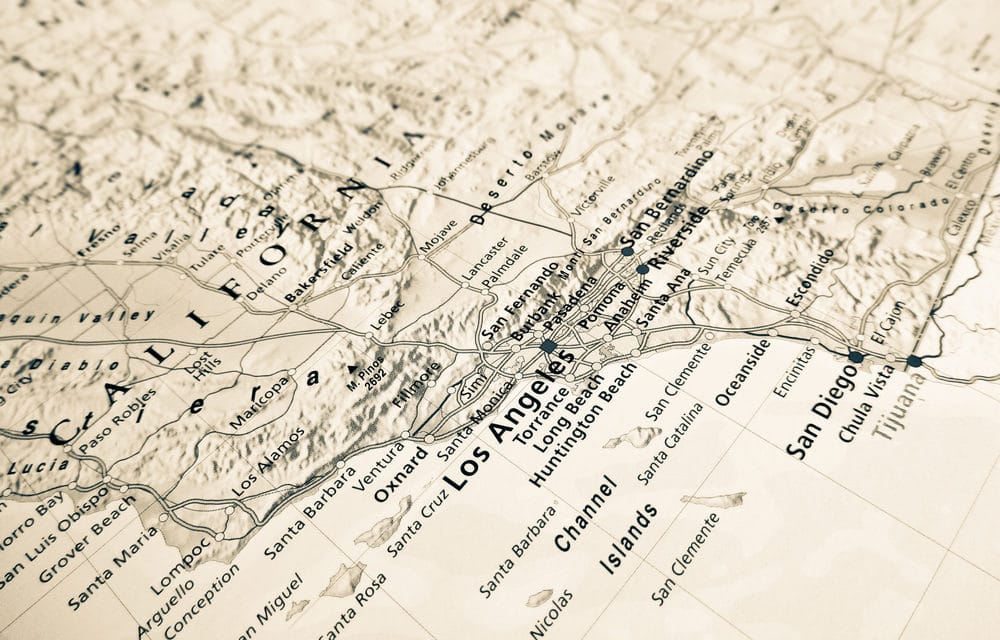LA Times – New research shows that the Ridgecrest earthquakes that began in July ruptured at least two dozen faults. It’s the latest evidence of how small faults can join together to produce a large earthquake, and how those quakes can cover a wider area than expected. The findings are important in helping understand how earthquakes can grow in the seconds after a fault ruptures when two blocks of earth move away from each other.
In areas blanketed by a crisscross pattern of faults, an earthquake on a smaller fault can destabilize bigger ones, beginning a process that leads to a much stronger earthquake. In the case of Ridgecrest, some follow-up earthquakes came seconds after; the largest one came some 34 hours later. It has only been in recent decades that earthquake scientists have understood how smaller faults in California join together to create a more powerful earthquake.
After the 1992 Landers earthquake, scientists were astonished to find that the magnitude 7.3 temblor in the Mojave Desert had ruptured on five separate faults. As the years have gone by, more evidence has accumulated that earthquakes can and do happen on multiple faults — such as the magnitude 7.1 Hector Mine earthquake, about 20 miles east of the Landers quake, and the magnitude 7.2 quake on Easter Sunday 2010 near Mexicali. READ MORE
















